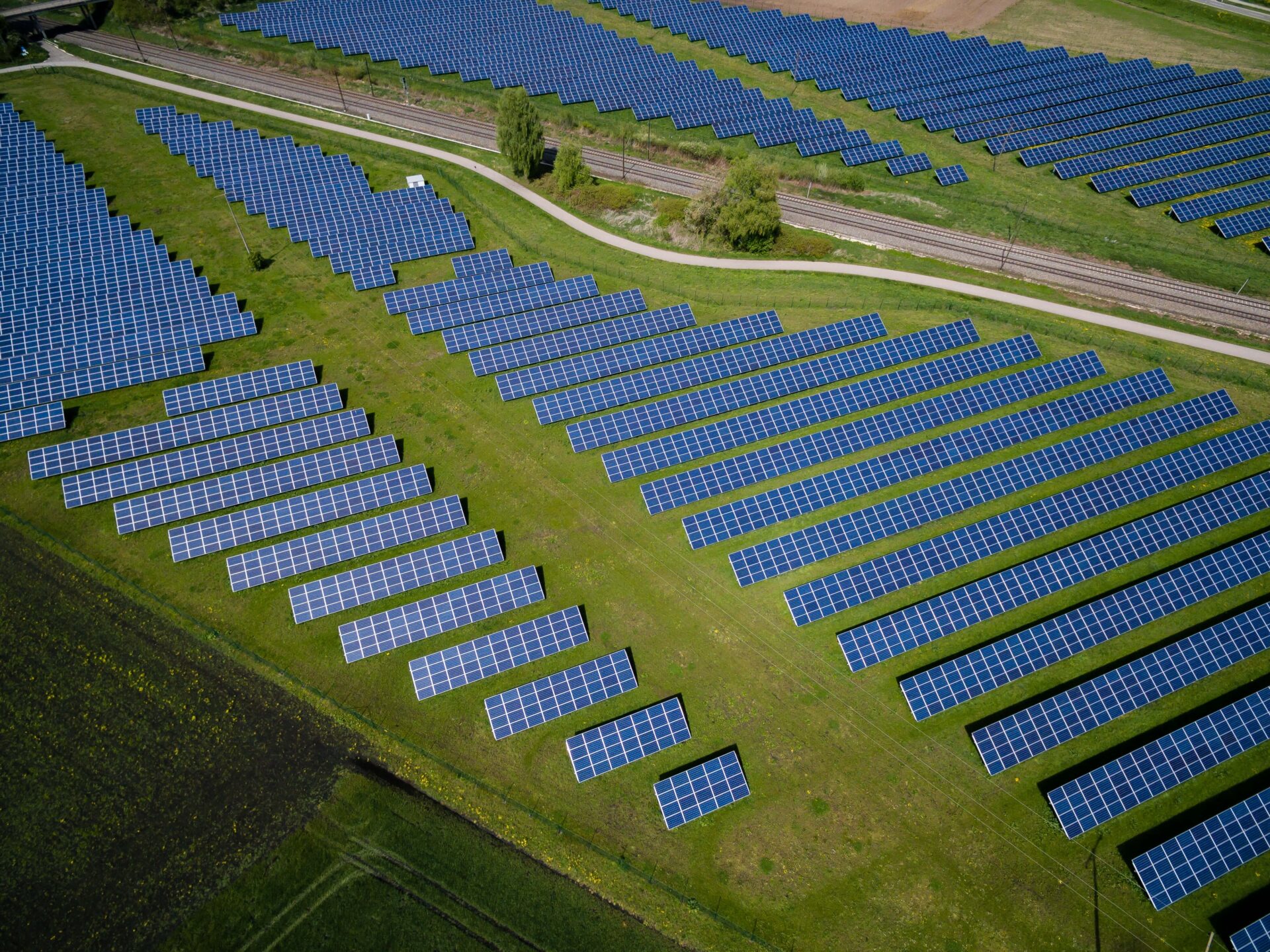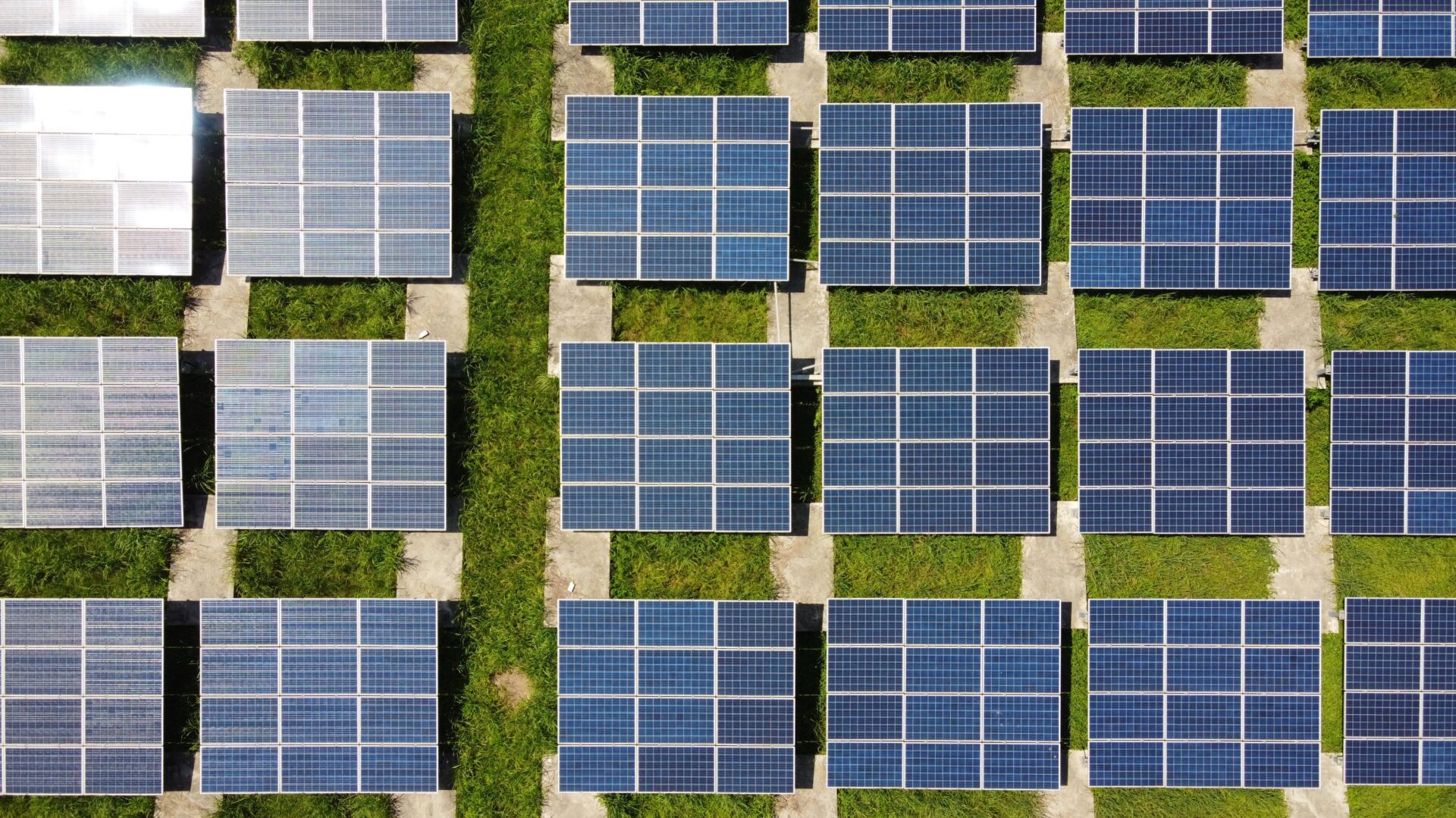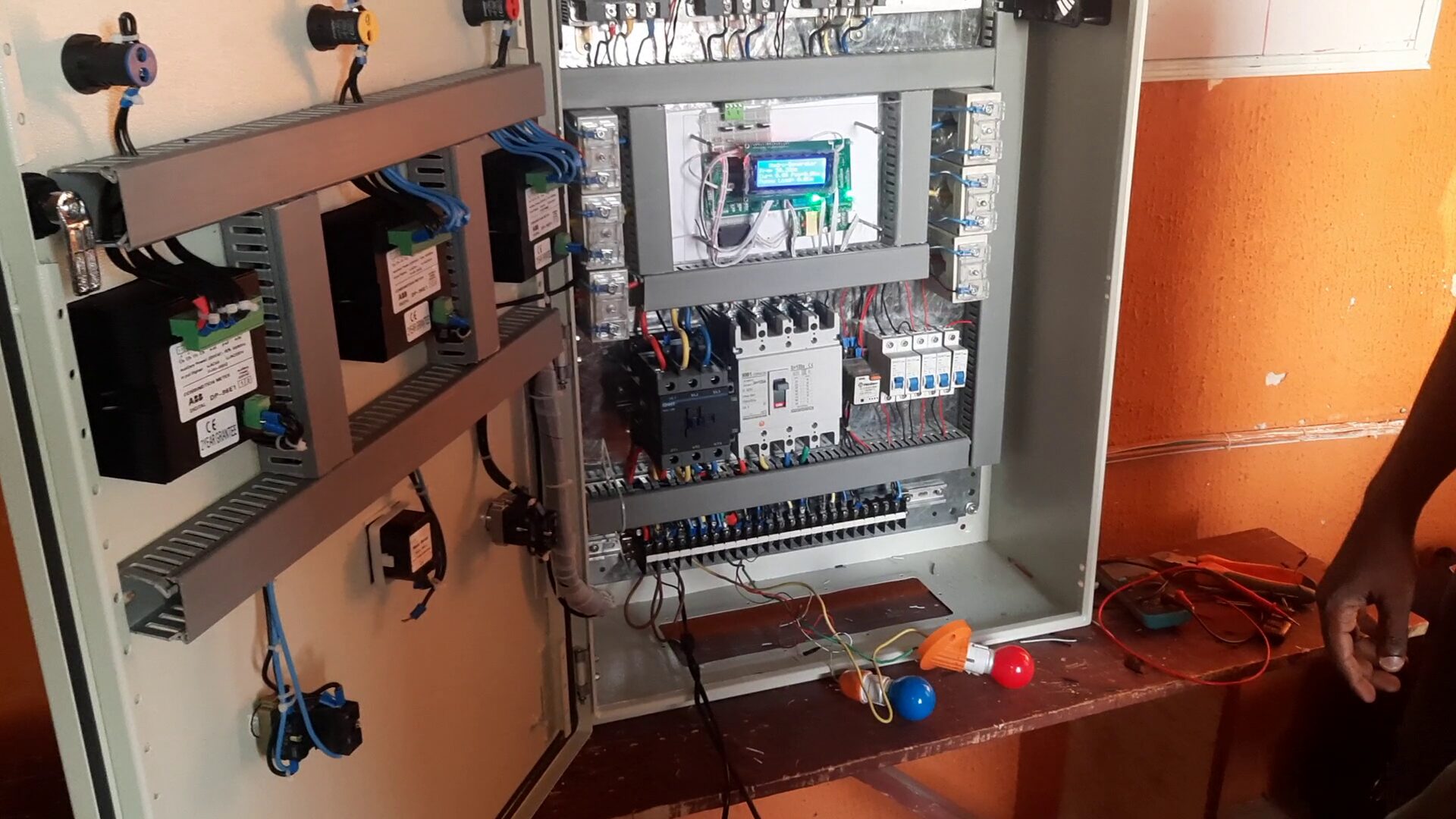
In the evolving world of renewable energy, hydro-generators play a crucial role in harnessing the power of water to generate electricity. As the demand for efficient and reliable energy solutions grows, the importance of industrial control panels in managing and automating these systems cannot be overstated. This blog post will guide you through the process of designing and constructing a programmable control panel for a hydro-generator, emphasizing both the electrical power aspects and the electronic control mechanisms. Whether you’re an electrical engineer, an industrial automation enthusiast, or a professional in the renewable energy sector, this comprehensive guide will provide you with the insights needed to create an effective control panel for your hydro-generator system.
Understanding the Basics
What is a Hydro-Generator?
A hydro-generator is a device that converts the kinetic energy of flowing water into electrical energy. It is a key component in hydroelectric power plants, which utilize the natural flow of rivers, streams, or man-made reservoirs to generate electricity. The efficiency and reliability of a hydro-generator are paramount, making the design of its control system a critical aspect of its operation.
What is an Industrial Control Panel?
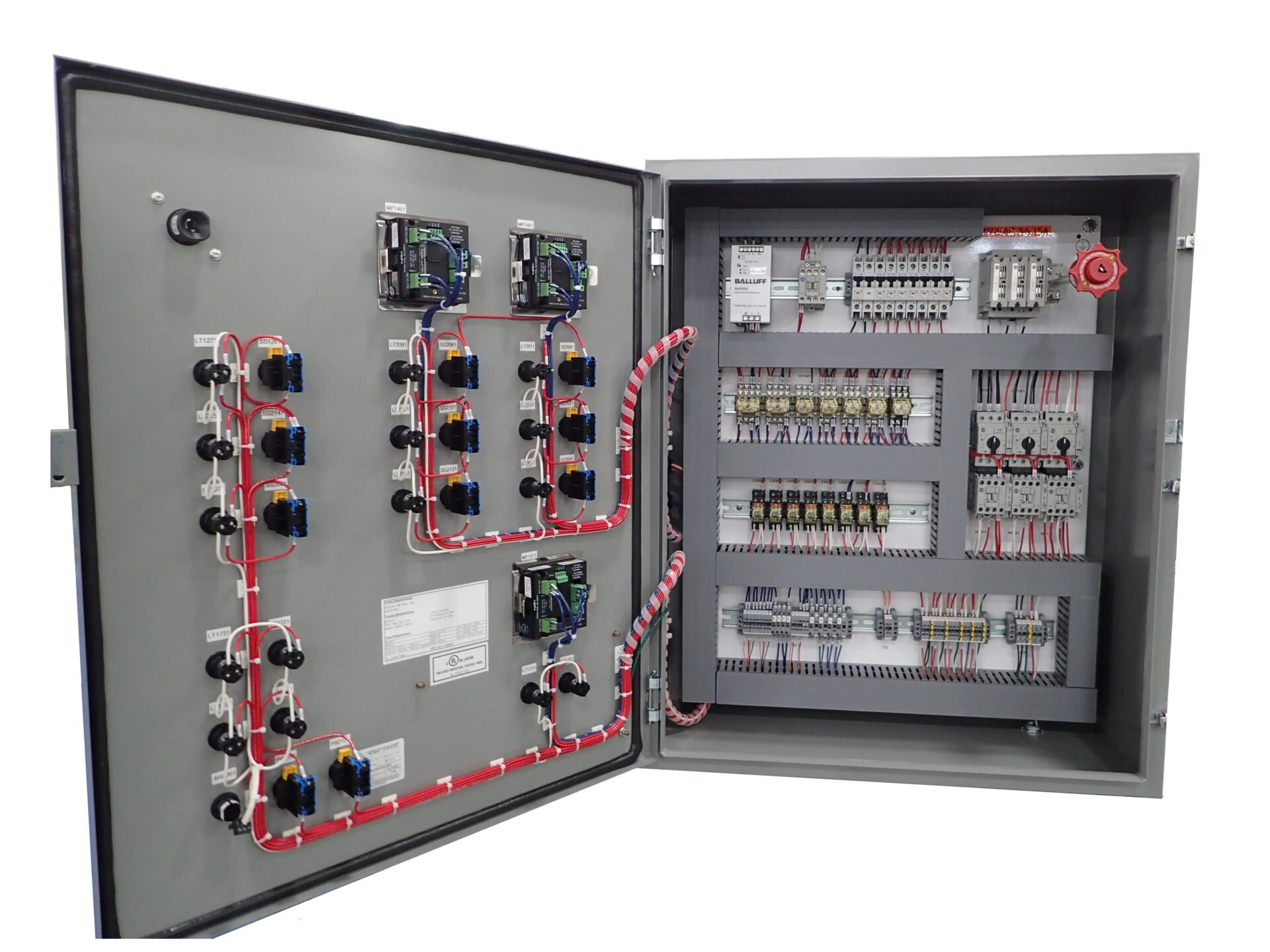
An industrial control panel is an assembly of electrical components used to control and monitor various processes within an industrial setting. In the context of a hydro-generator, the control panel manages the flow of electricity, ensures the safety of operations, and automates essential processes. A well-designed control panel can significantly enhance the performance and longevity of a hydro-generator plant.
Components of the Control Panel
Electrical Power Part
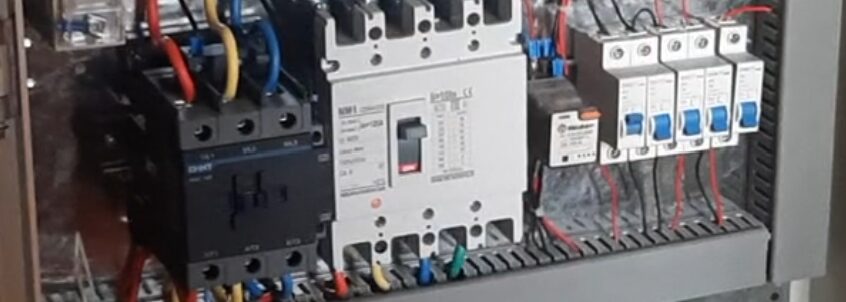
- High Current Switching: The electrical power part of the control panel involves high current switching, which is essential for managing the large amounts of electricity generated by the hydro-generator. This includes components like circuit breakers, contactors, and motor starters that handle the power distribution and protect the system from overloads and short circuits.
- Automation: Automation is a key feature of the electrical power part. It ensures that the hydro-generator operates efficiently and safely by automatically adjusting to changes in load, water flow, and other environmental factors. Automation components may include programmable logic controllers (PLCs) that monitor and control the operation of the hydro-generator.
Electronics Control Part
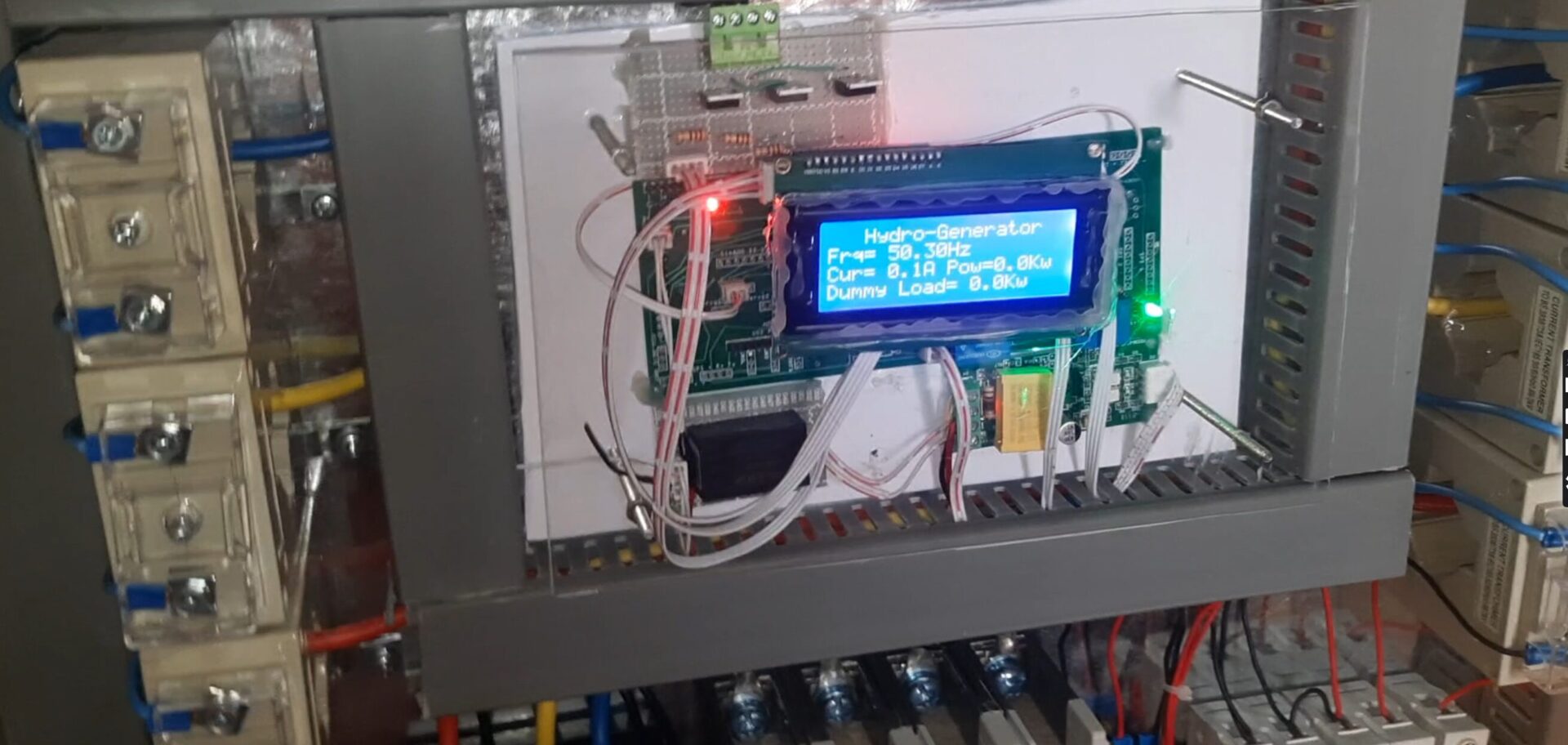
- Thyristors: The electronics control part of the panel uses thyristors to regulate the power flow in the hydro-generator. Thyristors are semiconductor devices that act as switches, allowing or blocking the flow of electrical current. They are crucial in controlling the high-power circuits and ensuring smooth operation.
- Solid-State Relays: Solid-state relays (SSRs) are another critical component in the electronics control part. Unlike mechanical relays, SSRs use electronic components to switch electrical circuits on and off, providing a faster and more reliable way to control the hydro-generator’s power circuits. SSRs are known for their durability and ability to handle high currents without wear and tear.
Due to this is a proprietary product of Smartech A.T limited. The full list of components used are not made open source. To see a complete list of the components for this design. Kindly click on the button below to start a consultancy session. Or chat to make an order for such control panel.
Designing the Control Panel
Planning the Layout
The first step in designing the control panel is planning its layout. This involves considering the physical space available, the heat generated by the components, and the need for easy access to key elements. A well-planned layout ensures that the control panel is both functional and safe, minimizing the risk of overheating and electrical faults.
Selecting Components
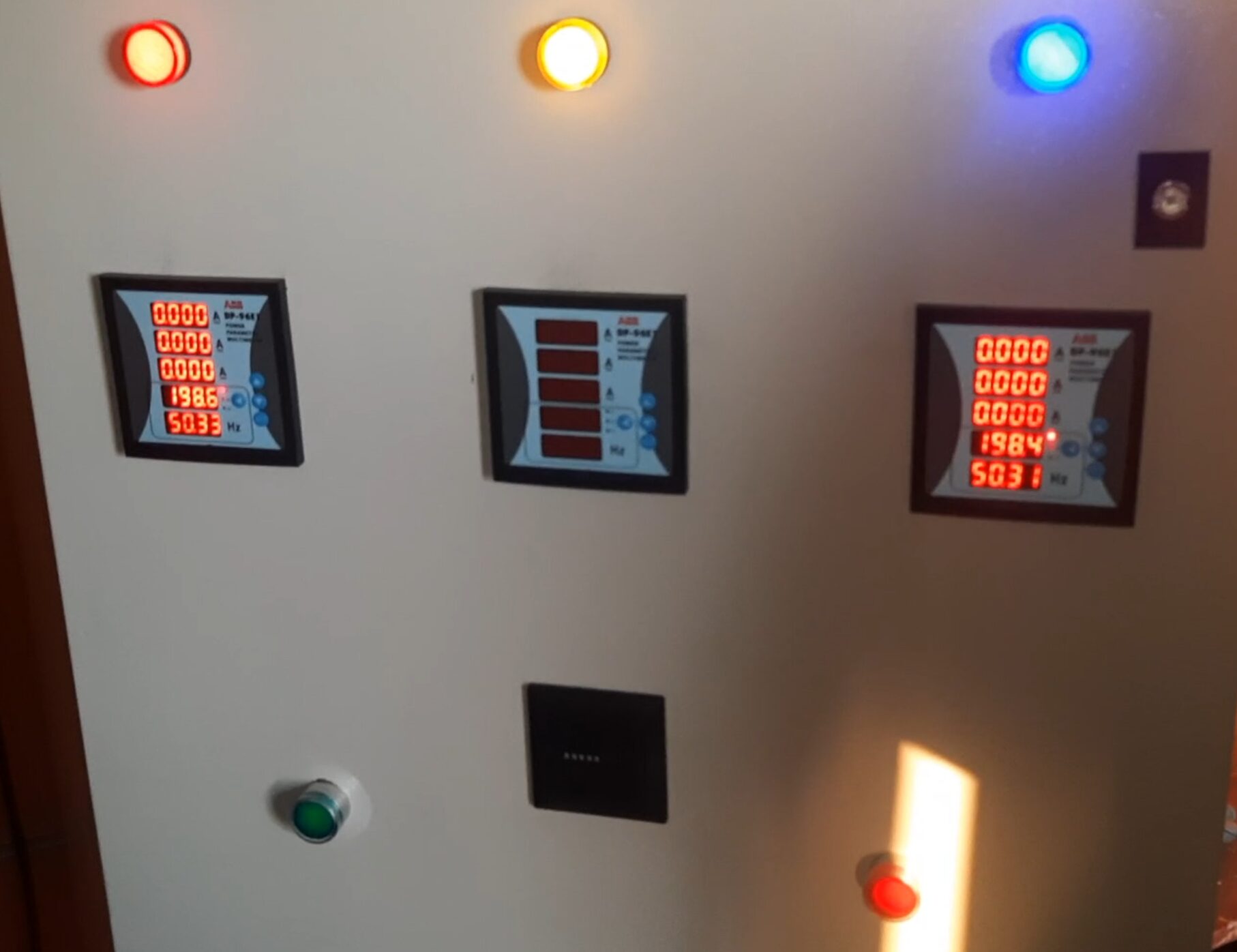
Choosing the right components is crucial for the success of your control panel. For the electrical power part, you’ll need robust circuit breakers, reliable contactors, and efficient motor starters. On the electronics side, selecting high-quality thyristors and solid-state relays is essential for effective power control. Additionally, the choice of a PLC that suits the specific requirements of your hydro-generator plant is vital for automation and control.
Wiring and Connections
Wiring and connections are the backbone of any control panel. Proper wiring ensures that all components work together seamlessly, reducing the risk of faults and ensuring the safety of the system. It’s important to use wires with the appropriate gauge and insulation for the current they will carry. Additionally, all connections should be secure and comply with electrical safety standards to prevent short circuits and other hazards.
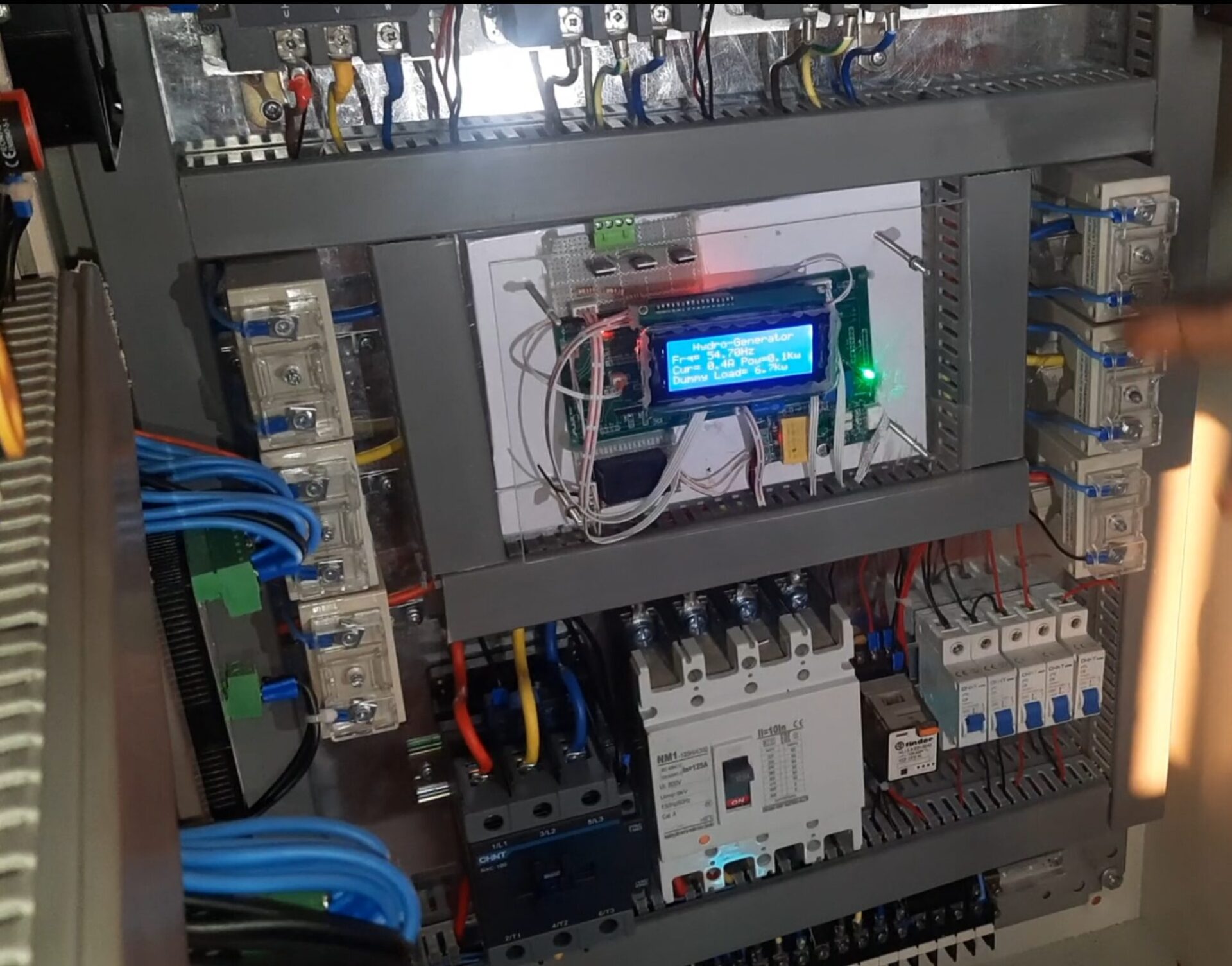
Due to this is a proprietary product of Smartech A.T limited. The full schematic diagram used for this design are not made open source. To see a complete list of the components for this design. Kindly click on the button below to start a consultancy session. Or chat to make an order for such control panel.
Safety Considerations
Safety should be a top priority throughout the design and construction process. This includes ensuring that all components are properly rated for the voltages and currents they will handle, using protective devices like fuses and circuit breakers, and following best practices for grounding and insulation. Additionally, consider implementing emergency stop mechanisms and other safety features to protect both the equipment and the operators.
Read IoT Based Health Monitoring System Using Arduino
Programming the Control Panel
PLC Integration
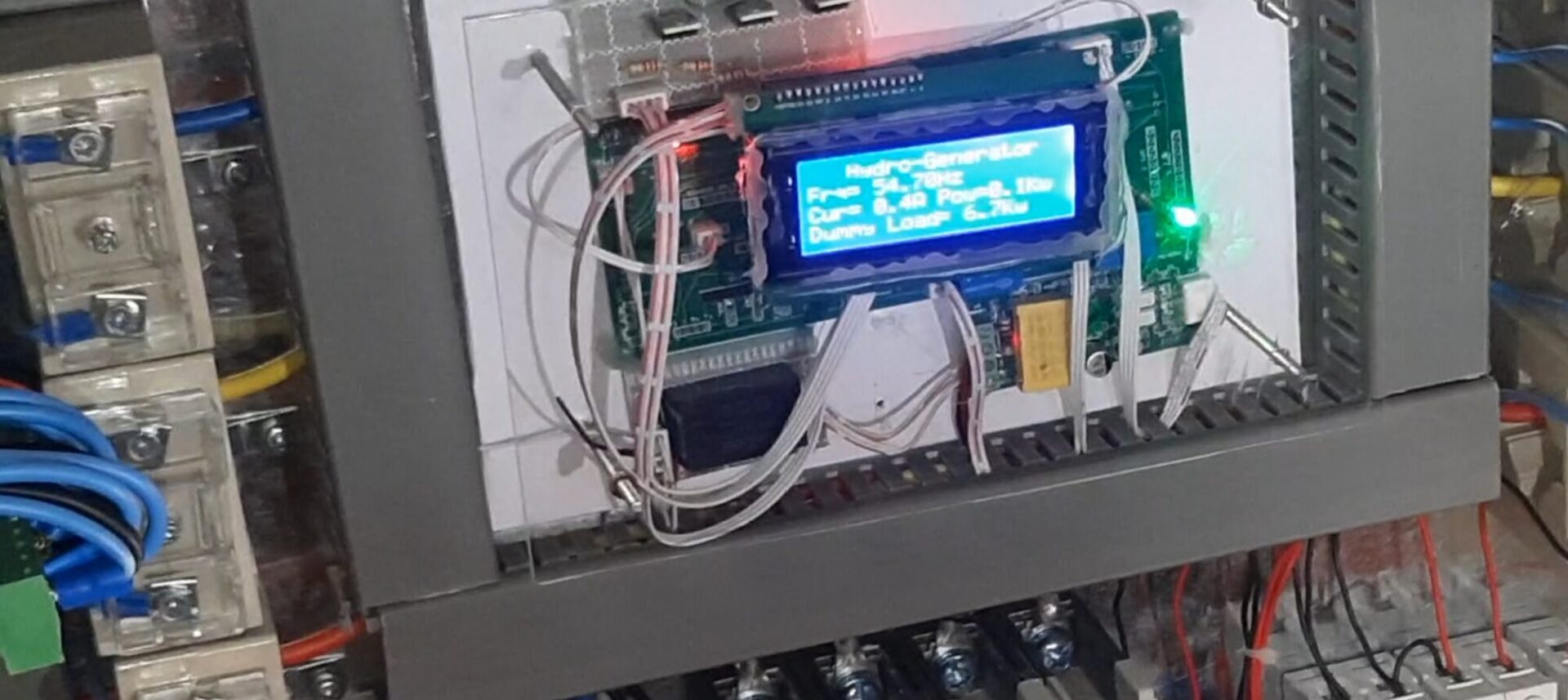
Programmable Logic Controllers (PLCs) are the brains of your control panel. They allow for the automation of processes, enabling the hydro-generator to operate efficiently with minimal human intervention. PLCs can monitor inputs from sensors, control outputs to devices like pumps and valves, and execute complex control algorithms to optimize the performance of the hydro-generator.
Testing and Debugging
After programming the PLC, it’s crucial to thoroughly test the control panel to ensure it operates as expected. This includes running simulations to check the logic, performing dry runs to verify the operation of all components, and debugging any issues that arise. Testing should cover all possible scenarios, including normal operation, fault conditions, and emergency shutdowns.
Construction and Assembly
Building the Panel
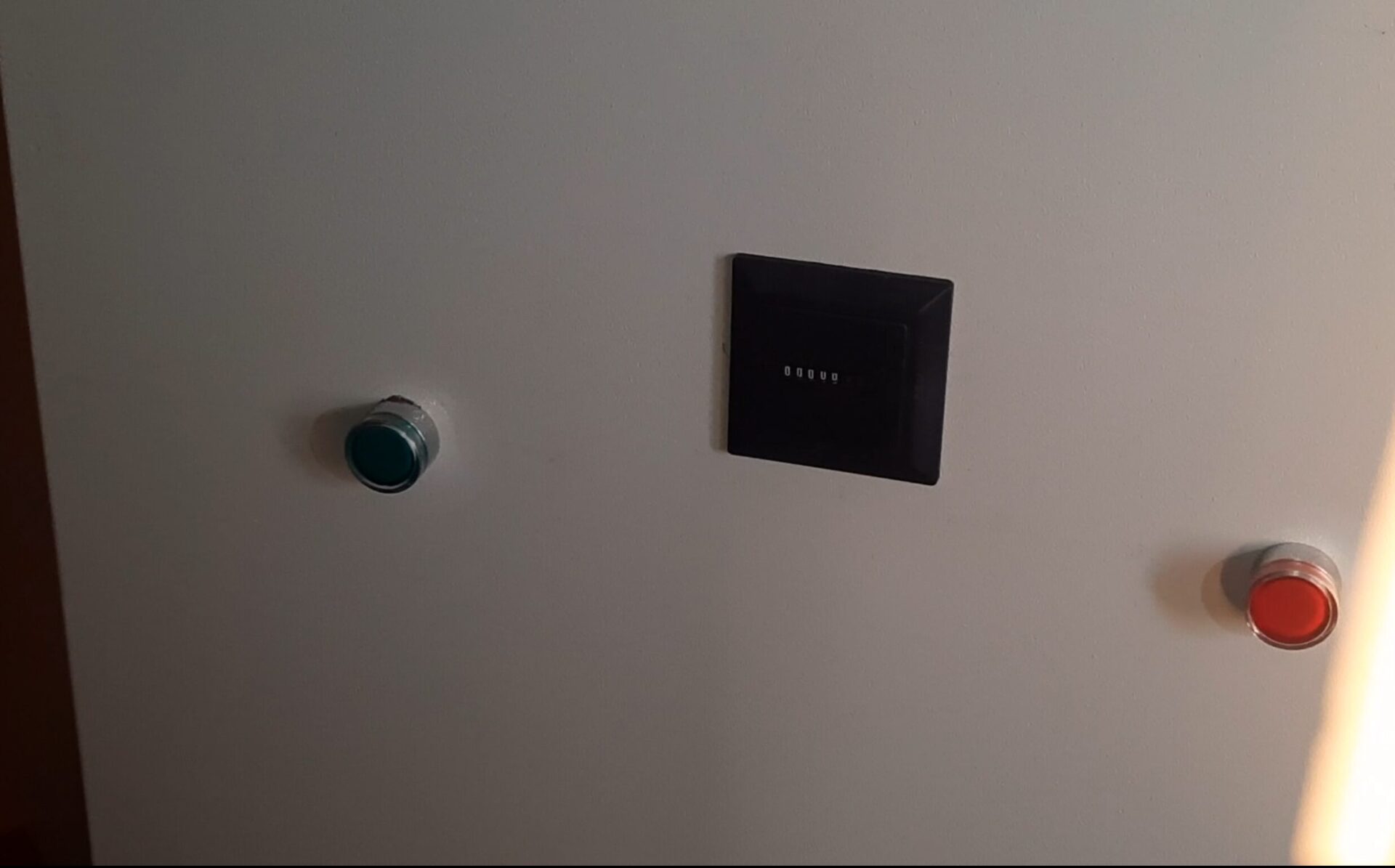
With the design finalized and the components selected, the next step is to build the control panel. This involves mounting the components in the enclosure, running the wiring according to the layout plan, and connecting everything together. Attention to detail is important during assembly to ensure that all connections are secure, components are properly aligned, and there is adequate space for cooling and maintenance.
Final Inspection
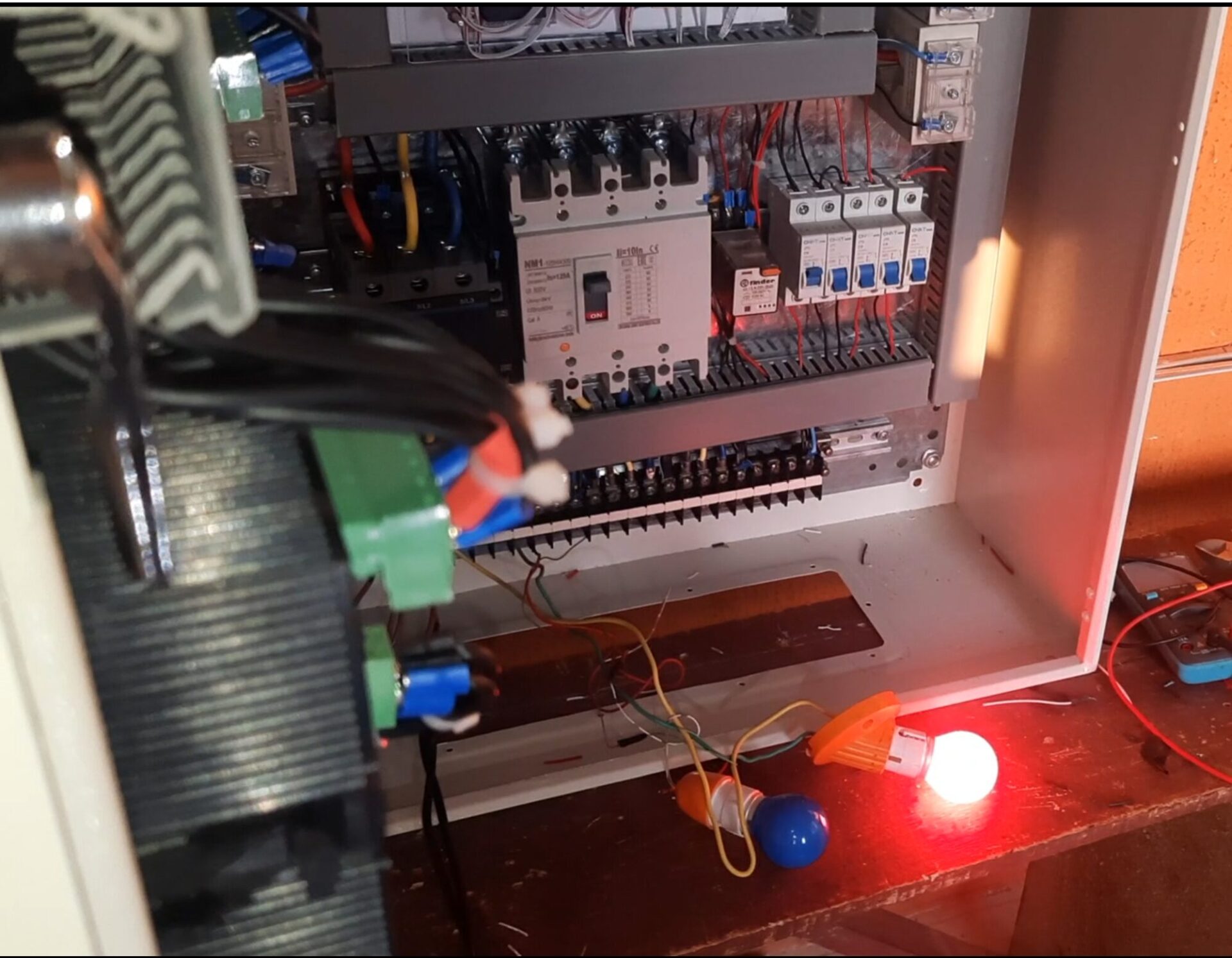
Before commissioning the control panel, conduct a final inspection to ensure everything is in order. This includes checking the physical installation, verifying all wiring connections, and ensuring that all components are correctly rated and functioning. The final inspection is a critical step in ensuring the safety and reliability of the control panel.
Commissioning the Panel
Commissioning involves powering up the control panel and integrating it into the hydro-generator plant. This includes setting up the PLC, calibrating sensors and actuators, and testing the system under real operating conditions. The commissioning process should be carefully documented, and any issues that arise should be addressed before the system is put into full operation.
DIY Home Safety: Automated Window System with Arduino
Conclusion
In conclusion, building a hydro-generator industrial programmable control panel is a complex but rewarding project that requires careful planning, attention to detail, and a solid understanding of both electrical and electronic systems. By following the steps outlined in this blog post, you can design and construct a control panel that enhances the performance, safety, and reliability of your hydro-generator plant. Whether you’re upgrading an existing system or starting from scratch, this guide provides the knowledge and insights needed to achieve your goals.
If you’re ready to take the next step in building your own hydro-generator control panel, consider reaching out to us for professional advice or exploring additional resources to ensure your project is a success. Don’t hesitate to share your experiences or ask questions in the comments section below

